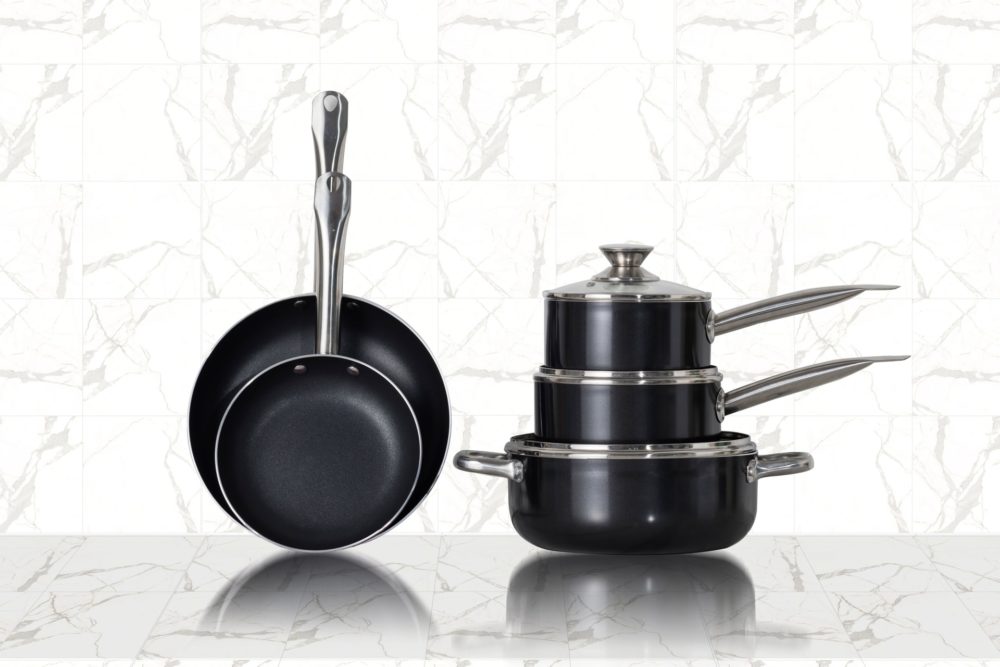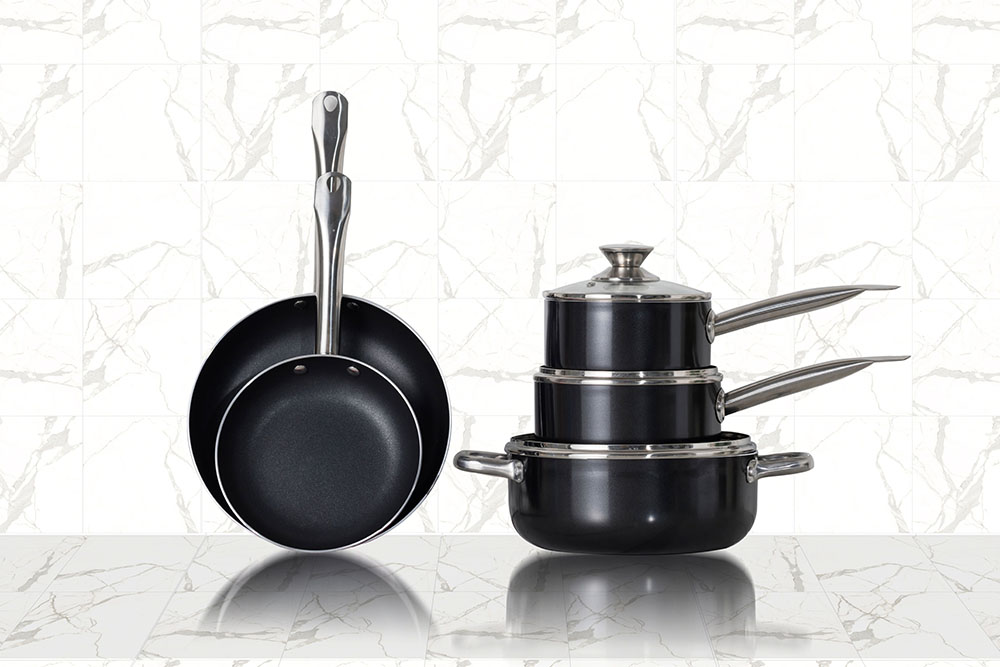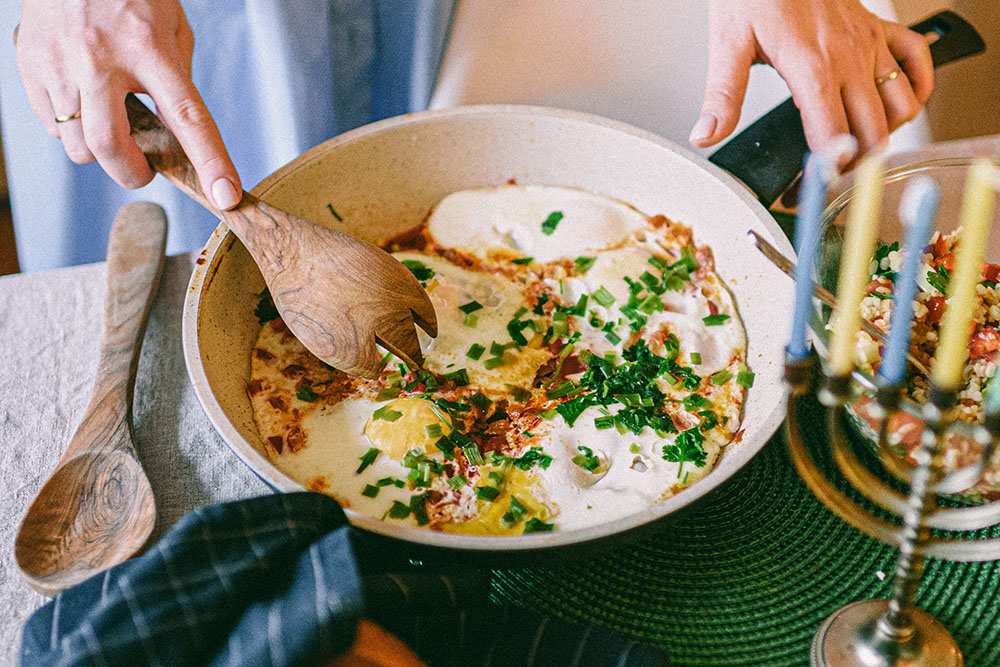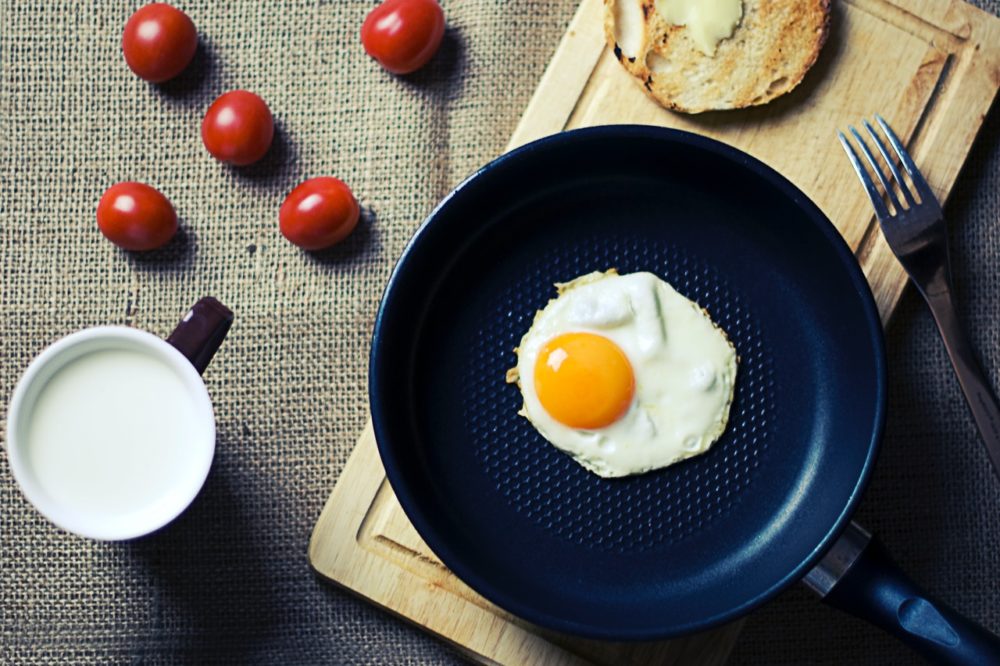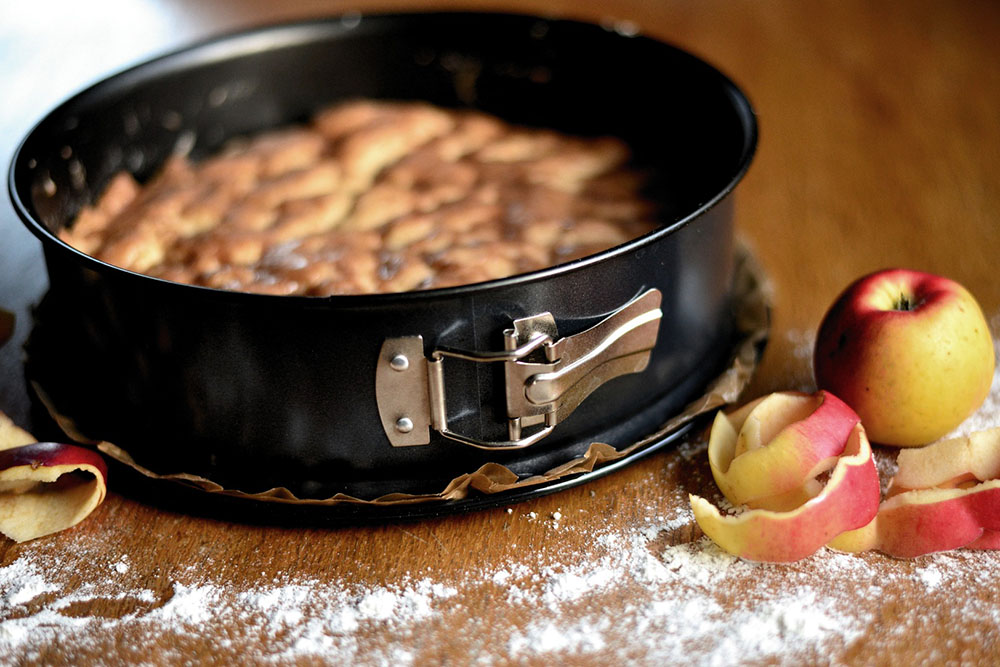Stainless steel is one of the most common materials used for cookware, especially the kind used by professionals. But it is often considered lesser than nonstick cookware.
This is mostly due to the fact that stainless steel doesn’t often have a nonstick coating, which can lead to food sticking. This can be rectified, however, and stainless steel is still a great material for cookware.
One of the reasons why it is so great is because it can go in the oven. Stainless steel cookware is a great choice if you regularly make recipes that require food to be cooked on the hob and then finished in the oven.
But even though the majority of stainless steel can go in the oven, there are still a few things to consider before putting your pans straight in. Here’s our guide to properly using stainless steel in the oven.
Temperature
Stainless steel can go in the oven but it can only withstand high temperatures up to a point. This is true of all cookware.
Just because something is designed to be durable in high heats, doesn’t mean that it is invincible.
The maximum temperature will vary depending on your specific cookware. But generally speaking, stainless steel can go in the oven up to around 500°F.
But just a minute…
Overall, the answer to this question is “yes”. But, of course, there are a few other things to consider.
For example, your cookware might not be 100% stainless steel. Here are a few other aspects of your stainless steel cookware that might affect it going in the oven.
Handles
One of the most important things to consider is the material of the handles. If your cookware has wooden or silicone handles, chances are they won’t be able to go in the oven.
Wood, as you probably already know, is a good conductor of heat and can burn or even catch fire in the oven. This is especially true of gas ovens which have an open flame.
Silicone, on the other hand, will melt if it heats up too much. This is why it’s always a good idea to make sure any silicone handles are turned away from the stovetop and don’t hover over other hob rings.
In the oven, the silicone will heat up and melt. This will mostly be a nuisance to clean up and will smell bad. But it will also be dangerous, especially if it only melts a little.
If you haven’t noticed it melting and accidentally touch the handle (even using oven gloves) you might burn your hand.
Lids
If your stainless steel cookware comes with lids (as most do) there’s a chance that they can’t withstand the same temperature, or even be able to go in the oven at all.
If the lids are made from the same stainless steel as the pans (and this includes the lid handle) then they should be absolutely fine in the oven.
But, if they are glass or have a silicone or wooden handle, then you might need to think again. If the pan can go in the oven, chances are that the lid can as well.
But this isn’t always the case. Glass really shouldn’t go in an oven set to a high heat. Certain thick glass cookware that has been specifically treated can go in the oven.
But your pan lids might not be able to withstand the same heat as the pan itself.
The best thing to do is to double-check the instructions that came with your cookware (if you still have them). But if you don’t, it’s best to simply leave the lid off the pans as it’s not worth the risk.
When exposed to high temperatures, glass will break and shatter. This means that you could end up with broken glass in your food and all over the inside of your oven. So it’s better to be safe than sorry.
Nonstick Coating
Although finding stainless steel pans with a nonstick coating isn’t very common, there are still many ranges available.
If your stainless steel pans have a nonstick coating then it’s unlikely that it can go in the oven.
A lot of nonstick coatings begin to disintegrate in the oven. This causes toxic fumes to be released.
Top Tips
So, that is pretty much everything you need to know about using stainless steel in the oven.
But, there are some other important things to know about caring for your stainless steel cookware.
Stainless steel is a very sturdy and durable material. But that doesn’t mean that it doesn’t need to be taken care of.
Here are a few ways to make sure your stainless steel cookware lasts as long as possible:
- Use oil. If your stainless steel cookware doesn’t have a nonstick coating (which not very many do) then there is a chance that food will become stuck to the pan. So, always make sure to use oil whenever you’re cooking and never leave the pan unattended.
- Don’t scrub. If you do happen to get some food stuck to the bottom of your pan, it might seem like the best option is to scrub it off with a scourer. But this isn’t a good idea. Sure, it will get the job done but it will also damage the pan.
Although stainless steel is very durable, regularly scrubbing at the base can cause it to become scratched and damaged. This will impact the longevity of your pans. Instead, leave the pan to soak in some hot soapy water and then gently clean it with a sponge.
- If soaking the pan isn’t working and you have burnt some food onto your pan really badly, then the best thing to do is to pour in some vinegar and bicarbonate of soda. This will work wonders.
Conclusion
So, there you have pretty much everything you need to know about putting stainless steel in the oven.
Overall, stainless steel is safe to go in the oven.
But always make sure to double-check the material of your pans before putting them in.

